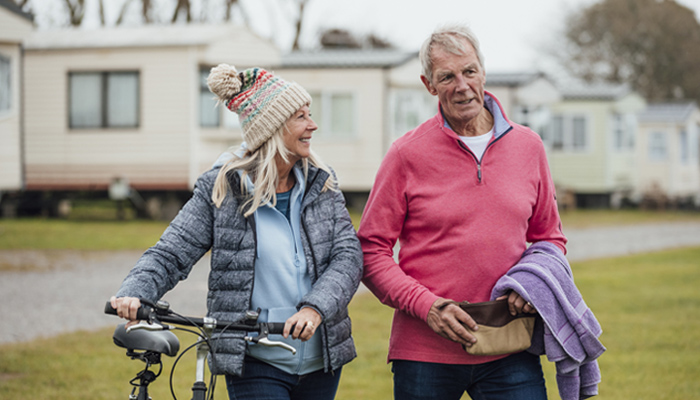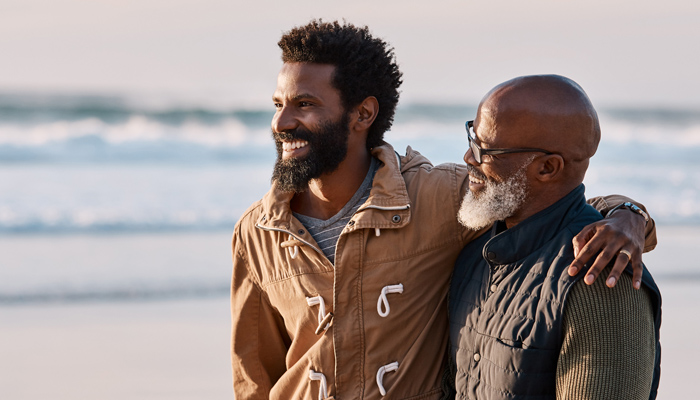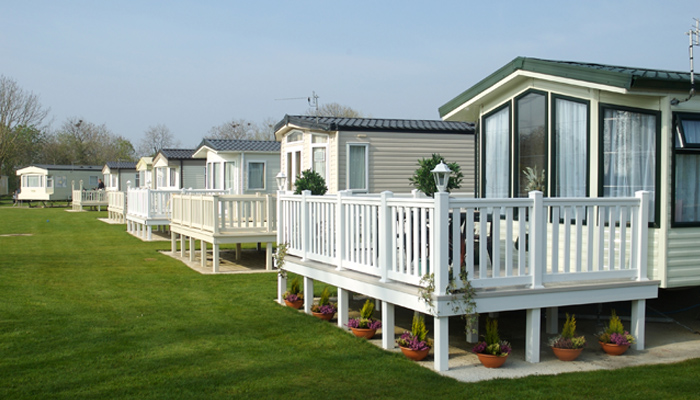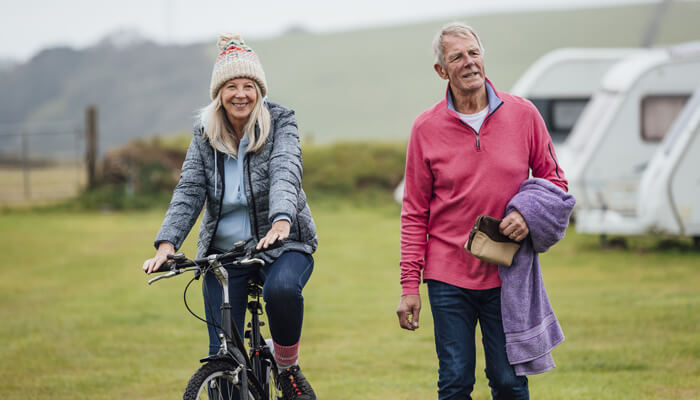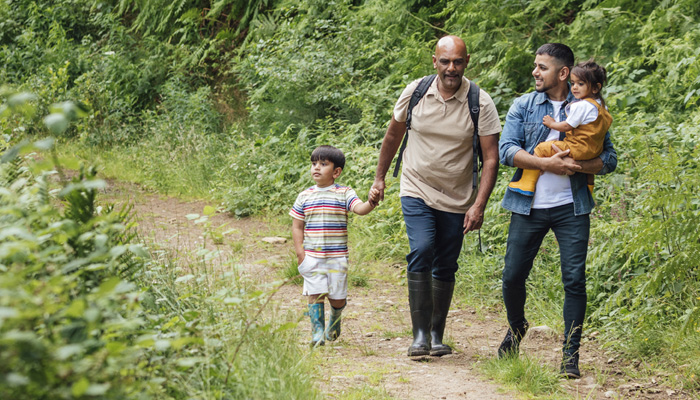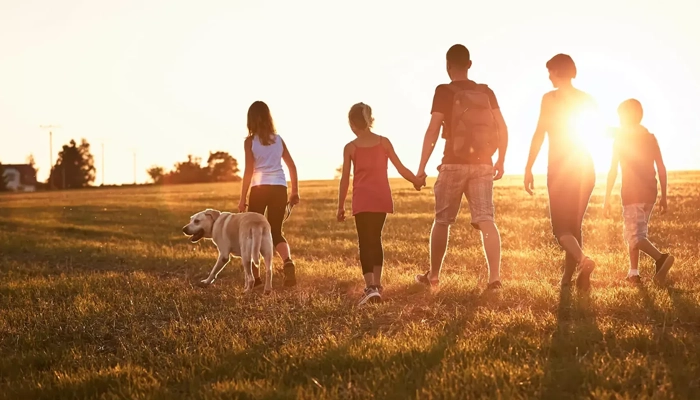Winter Preparations for a Static Caravan
Unused static caravans can be vulnerable to damage caused by the cold, including flooding or escape of water. Frozen pipes, condensation, mildew and wildlife infestations are common problems that people come back to after leaving a static caravan for the winter.
In many cases, flooding (or other 'escape of water') in static caravans will be caused by old piping, storm damage, etc. One of the biggest dangers is frost-related damage to water installations, resulting in failed boilers and subsequent escape in water.
Not only is this a worry for you as the caravan owner, but also if you have not drained down your static caravan properly, you may not be covered by your insurance. This is especially the case at cold temperatures at which anti-freeze is unlikely to be effective.
Follow our guidance below to ensure you have drained down your caravan properly and prevent a claim that cannot be covered and potentially thousands of pounds you would have to pay.
Static caravan drain down kit
To drain down and winterise your caravan to avoid the risk of flooding / escape of water, you don't need much in terms of equipment. We recommend using the following:
- Antifreeze
- Old newspaper
- Some bowls
- Salt or silica gel
- WD40
How to drain down a static caravan
To ensure your pipes will not freeze, you need to drain down your caravan before the park closes and the frosty weather hits. Draining down a static caravan is easy, just follow these simple steps:
- Before turning off the water supply, lift the lid on the toilet cistern, flush the toilet and as the cistern refills, add anti-freeze in roughly 3 of water and 1 of antifreeze proportions.
- Next remove the shower hose and shower head as these could be damaged if any water left in them freezes.
- The final step in your static caravan drain down is to turn off your water supply from the drain down valve (stopcock) and run your taps through until no water is left in the pipes.
Next steps in preparing your static caravan for winter
Once you've completed the caravan drain down there are several other steps to take to fully winterise in your static caravan, let's start with the easiest first:
Bedrooms
Once you've drained down the static caravan, make a checklist for packing and remove any valuables from cupboards. Take the bedding such as duvets, blankets and pillows home or alternatively place in vacuum-sealed bags. Stand mattresses on their edge if there's room. Leave the cupboard and wardrobe doors open. This will show there's nothing of value hidden away and improve air circulation.
And finally, leave the bedroom doors ajar to improve air flow.
Kitchen
Empty the fridge of all food and wash the inside with a weak solution of bicarbonate of soda. Leave the fridge door open. Remove all food in the cupboards and wash with an anti-bacterial cleaner.
Don't be tempted to leave unopened packets of food. This will not deter mice and other rodents. If you're leaving tinned goods, stand them on paper to avoid rust rings. Clean all surfaces and the cooker. Leave the cupboards open.
Lounge
Take home anything of value such as a TV, DVD player or music system. Clean all surfaces in case of food spills or crumbs. Move all the sofa cushions away from exterior walls. Roll up any loose rugs and stand on end.
Interior
When winterising a static caravan, think early on about how you can prevent damp. Consider removing curtains or nets from your static caravan windows to avoid mildew. If you do decide not to take them home, be aware that most sites recommend that curtains are left open. This may go against your instincts but it does make sense as it will prove there's nothing worth breaking in for.
If your caravan has blinds, do not leave them down as this can damage the mechanism. Vacuum all the carpets and clean surfaces to remove any food crumbs.
Exterior
Make sure all guttering and down-pipes are in good order. Block up any gaps that insects or rodents could use to gain access to your caravan. Take a look at the roof, chassis and skylights to ensure there are no leaks or loose joints. Will the steps last another winter? If they are removable, then place inside the caravan. Many static caravans are still fitted with tyres even if the unit is on blocks. What's their condition? Tyre manufacturers recommend that tyres, even if they haven't been used, should be replaced after ten years as they deteriorate when exposed to sunlight and ozone. Clear any vegetation that might have grown close to or underneath the van to discourage wildlife.
Make sure any loose items such as chairs are stored safely away.
Static caravan winterisation checklist
Run through our handy check list and make sure you've done all you can to get your static caravan ready for the winter.
- Turn off and disconnect the bottled gas supply and store the canister safely. It is important not to leave the gas connected. Some people light one of the gas rings and then disconnect the gas supply so that when the flame dies they can be certain there's no gas left in the piping.
- Disconnect the electricity. There should be a mains switch in one of the bedroom cupboards.
- Shut off the water supply at the stop cock. If there's no drain down pipe tap you should disconnect the pipe above the stop cock so that water in the pipes is free to drain down and avoid any risk of flooding / escape of water.
- Find any drain down taps under the caravan and open them. These are generally under the kitchen and bathroom areas but your caravan handbook should provide the location.
- Turn on all the taps, including the shower and leave them on.
- Many sites offer a drain down service where they will blow the pipes clean with compressed air. This may be well worth considering and should be relatively inexpensive.
- Once the water has finished flowing, put the plugs in all sinks and shower trays to prevent any wildlife from setting up home for the winter.
- Check with the handbook to see how to drain the water heater. There should be a drain down valve on the water pipe.
- Now the water is switched off, flush the toilet. This empties most of the water from the cistern and makes sure that any water left has been treated with the antifreeze.
- Once most of the water has gone from the toilet, some people stuff newspaper into the S bend to prevent unwelcome visitors.
- Close the toilet lid.
- Pour a little antifreeze down each waste pipe so that any water left in the S bends will be treated.
- Check that all the air vents are clear.
- Place bags of silica gel or half full bowls of salt in your caravan over winter to dry the atmosphere in each room.
How to winterise a static caravan - top tip
Dig out your static caravan insurance documents and check for any terms referring to when the site is closed and the static is unoccupied. Some criteria, like turning off the water and draining down the pipes, can be essential to keep your insurance valid through the winter months. We suggest you make these criteria top of your winter check list to stay protected.
Air the caravan out
Before you pack the caravan up for winter, open all the doors and windows to let some fresh air in. You’ll probably want to do this any way as you’ll be cleaning and will probably prefer the smell of fresh air to the smell of cleaning products!
Secure the caravan
Locking the front door would be a pretty silly thing to forget, but while you’ve got all your windows open to air the caravan out, it’s worth checking the locks and seals to make sure the windows are equally secure. It’s worth doing this a week or two before you leave for the winter to give yourself time to fix anything which may be broken.
It’s also wise to take anything valuable home with you and open wardrobes and bedroom doors. This will show anyone looking to break in that there’s nothing of value left to take. Also, leaving internal doors open will help improve the airflow around the caravan while you’re away.
Keep it clean
No one wants to start their summer with cleaning, so make sure you leave the caravan as clean as possible before you leave. There are also a few things you can do to stop the caravan getting mildewy and grubby while you’re away.
Remove net curtains and pull regular curtains back to stop them getting quite so moist from condensation over the winter.
In the bedrooms, you can vacuum pack duvets, sheets and pillows to stop them smelling of damp or getting dusty. You can pick up vacuum storage bags for next to nothing and you’ll save yourself storage space too.
Keep out unwanted guests
One of the great things about owning a static caravan is that they’re usually located in or near a wooded or grassy area. That of course means you will be sharing that area with the odd bit of wildlife. Generally, the wildlife will stay where it’s supposed to but occasionally, it will come indoors, make itself a cup of tea and put its feet up.
To stop this happening, you can block the various gaps in the caravan which may let little critters in. This includes checking sky lights, roof and chassis for loose joints and gaps. You can even drain down the toilet and stuff it with newspaper to stop any hardy insects coming up from below. You can do the same for your sinks by simply putting the plugs in.
Preventing frozen pipes to avoid flooding / escape of water
This is an important one. If the winter is harsh, left over water in pipes can freeze, expand and split pipes. The water then continues to flow and floods your caravan.
Some sites will offer a drain down service at a relatively small cost. However, you can do it yourself with relative ease and for free!
There are a few stages to this.
First, shut off the water supply at the stop cock. If there's no drain down tap you should disconnect the pipe above the stop cock so that water in the pipes is free to drain down.
If there are any drain down taps, find them under the caravan and open them. These are generally under the kitchen and bathroom areas but your caravan handbook should provide the location.
Next, turn on all the taps, including the shower and leave them on.
Once the water has finished flowing, put the plugs in all sinks and shower trays to prevent any wildlife from setting up home for the winter.
Check with the handbook to see how to drain the water heater. There should be a drain down valve on the water pipe.
Now the water is switched off, flush the toilet. This empties most of the water from the cistern you just need to makes sure that any water left has been treated with the antifreeze.
Disconnecting the gas supply
Disconnecting the gas is another very important task but is far simpler than draining down your caravan.
Simply turn off and disconnect the bottled gas supply and store the canister safely. It is important not to leave the gas connected. Some people light one of the gas rings once they’ve disconnected the gas supply until the flame dies they can be certain there's no gas left in the piping.
Of course there is loads more you can do to prepare your static caravan for winter so join the discussion on our Facebook page or search the website for more tips, guides and videos.
Date: December 13, 2017
Category: Caravan


